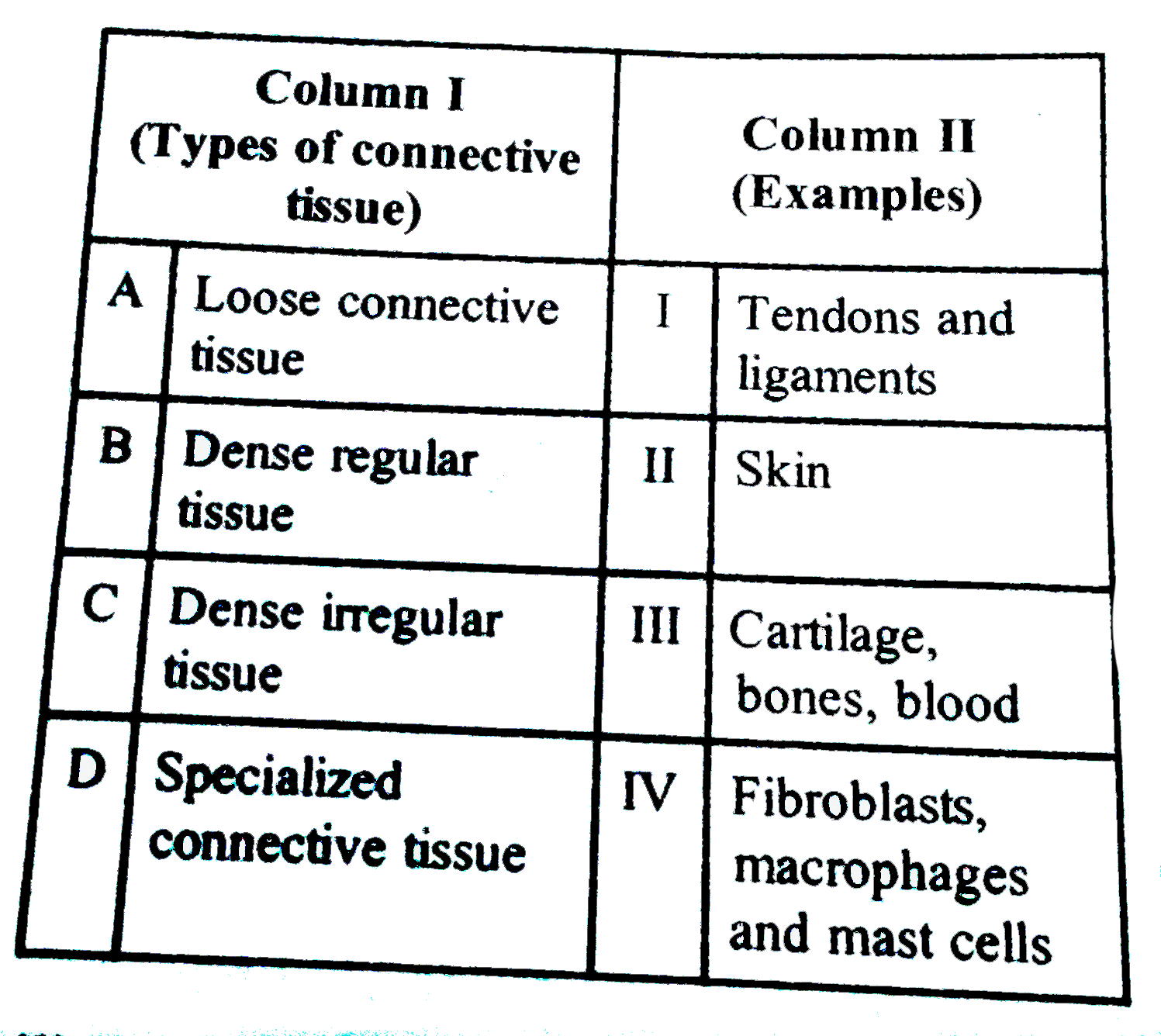Match the contraceptive methods given under column I with their examples given under column II and select the correct option.

A-(ii), B-(iv), C-(i), D-(iii)
A-(i), B-(iv), C-(i), D-(ii)
A-(iii), B-(iv), C-(ii), D-(i)
A-(ii), B-(i), C-(iii), D-(iv)
The correct Answer is:C
There are various different methods that can be used in birth control. Spermicidal jelly and foam are the chemical forms of birth control. IUDs are intrauterine devices that are placed in the uterine cavity. This consists of the copper-Tandloop.Condom and cervical cap are mechanical barriers. This prevents the entry of the sperm in the vaginal canal. Tubectomy and vasectomy are surgical methods. These methods are permanent forms of birth control.
Topper's Solved these Questions
Similar Questions
Knowledge Check
- Question 1 - Select One
Match the contraceptive method given under column I with their examples given under column II . Select the correct choice from those given below. :
 AA=p,B=r,C=q,D=tBA=s,B=q,C=t,D=pCA=s, B=t ,C=q, D=rDA=s, B=q, C=r ,D=p
AA=p,B=r,C=q,D=tBA=s,B=q,C=t,D=pCA=s, B=t ,C=q, D=rDA=s, B=q, C=r ,D=p
Match the excretory organs listed under column I with the animals given under column II and select the correct option.
ColumnIColumnII(Excretory organs)(Animals)A.Nephridia(i)HydraB.Malpighian tubules(ii)LeechC.Protonephridia(iii)SharkD.Kidneys(iv)Roundworms(v)CockroachView SolutionMatch the excretory organs listed under column I with the animals given under column II and select the correct option.
ColumnIColumnII(Excretory organs)(Animals)A.Nephridia(i)HydraB.Malpighian tubules(ii)LeechC.Protonephridia(iii)SharkD.Kidneys(iv)Roundworms(v)CockroachView SolutionMatch the thermodynamic processes given under column I with the expressions given under column II.
 View Solution
View SolutionMatch the thermodynamic processes given under column I with the expressions given under column II.
 View Solution
View SolutionMatch the thermodynamic processes given under column I with the expressions given under column II.
 View Solution
View SolutionMatch the animals listed under Column-I with the excretory organs given under Column - II and select the correct option .
Column−I(Animals)Column−II(Excretory organs)(a)Fasciola(i)Nephridia(b)Hirudinaria(ii)malpighian tubules(c)Balanoglossus(iii)Protonephridia(d)Laccifer(iv)Proboscis glandView SolutionMatch the figures given in Column-I with their shaded ratio given in Column-II and select the correct option.
 View Solution
View Solution

